Home>Furniture>Outdoor Furniture>How To Relax In A Hammock
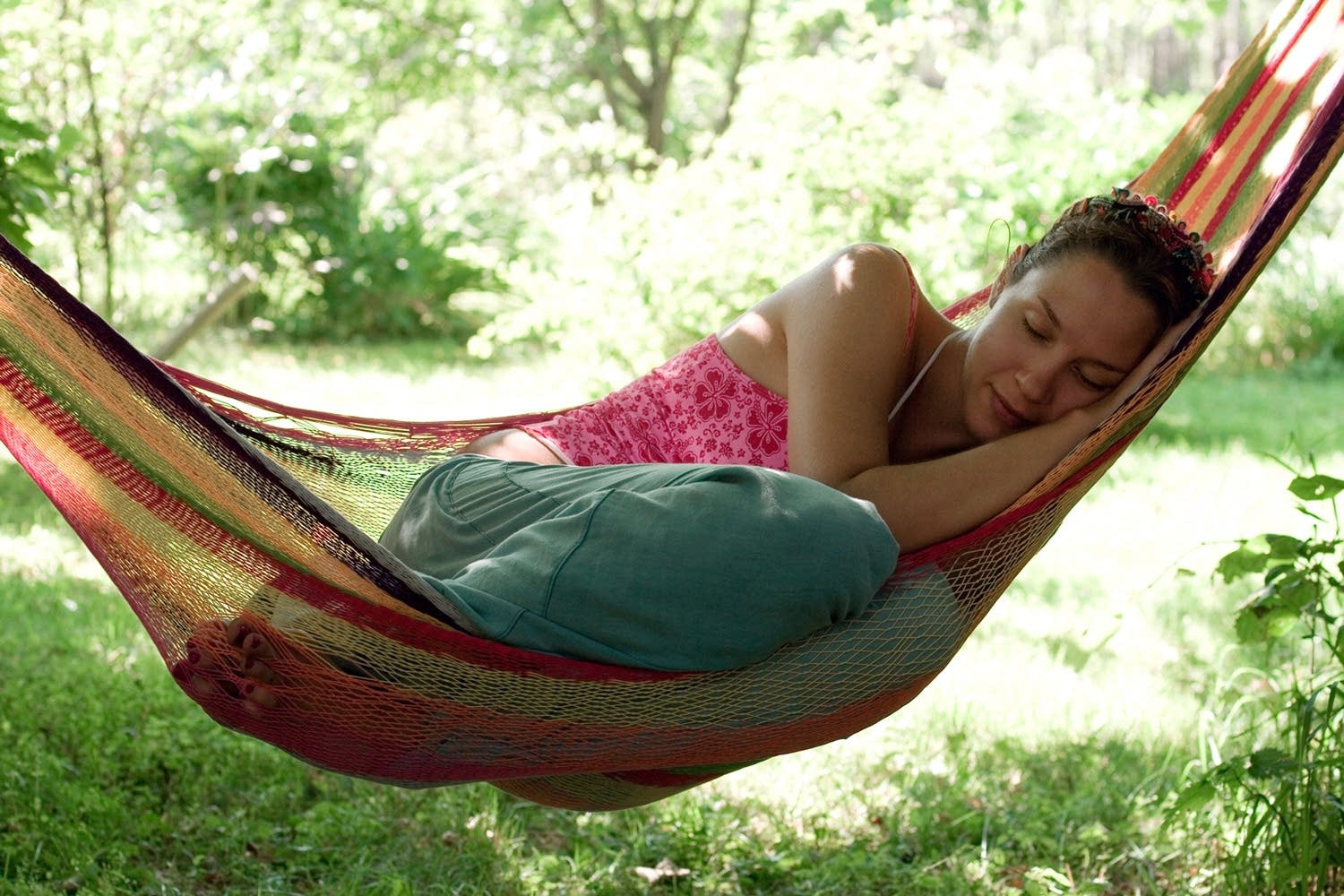

Outdoor Furniture
How To Relax In A Hammock
Modified: March 16, 2024
Discover the ultimate way to relax outdoors with our high-quality outdoor furniture. Get tips on how to create the perfect hammock oasis and enjoy the soothing sway of relaxation.
(Many of the links in this article redirect to a specific reviewed product. Your purchase of these products through affiliate links helps to generate commission for Storables.com, at no extra cost. Learn more)
Introduction
Imagine the gentle sway of a hammock, the soothing sounds of nature, and the warm sun kissing your skin. Is there anything more relaxing than lounging in a hammock amidst the tranquility of the great outdoors? Whether you are on a vacation, camping trip, or simply spending a lazy afternoon in your backyard, a hammock is the perfect companion for ultimate relaxation.
In this article, we will explore the art of hammocking and provide you with a comprehensive guide on how to enjoy the fullest relaxation experience in a hammock. From choosing the right hammock to setting it up, finding the perfect location, and getting comfortable while taking in the beauty of nature, we will cover it all. So, sit back, unwind, and let’s dive into the world of hammocks!
Key Takeaways:
- Choose the right hammock based on your needs and preferences, considering type, size, material, and suspension system for ultimate comfort and durability.
- Prioritize safety by selecting a secure location, checking your hammock for damage, and following weight capacity guidelines to ensure a worry-free and enjoyable hammocking experience.
Read more: Why Are Candles Relaxing
Choosing the Right Hammock
When it comes to choosing a hammock, there are several factors to consider to ensure you find the perfect fit for your relaxation needs.
- Type of Hammock: There are various types of hammocks available, such as rope hammocks, fabric hammocks, and camping hammocks. Rope hammocks offer a classic appearance and allow for better airflow, while fabric hammocks provide a more cozy and comfortable feel. Camping hammocks are lightweight, compact, and ideal for outdoor adventures.
- Size and Weight Capacity: Hammocks come in different sizes to accommodate varying weight capacities. Consider the number of people who will be using the hammock and their combined weight. It’s essential to choose a hammock with a weight capacity that can safely support your intended usage.
- Hammock Material: The material of the hammock plays a significant role in its durability and comfort. Look for hammocks made from high-quality materials like polyester, nylon, or cotton. These materials are known for their strength, breathability, and resistance to mildew and weather conditions.
- Suspension System: The suspension system is responsible for securing your hammock to its supports. It’s crucial to choose a reliable suspension system that is easy to set up and provides a secure and stable hanging experience. Options include ropes, straps, or carabiners.
- Additional Features: Some hammocks come with extra features such as built-in bug nets, rainfly tarps, or storage pockets. These features can enhance comfort and convenience, especially during camping trips or in areas with an abundance of insects.
Take your time to research and compare different hammock options based on your preferences and intended use. Consider reading reviews and seeking recommendations to make an informed decision.
Setting Up Your Hammock
Setting up a hammock may seem daunting at first, but with a few simple steps, you’ll be relaxing in no time:
- Find a Sturdy Support: Look for sturdy trees, posts, or hammock stands that can support the weight of the hammock and the person(s) using it. Ensure that the support is strong and stable to prevent accidents.
- Measure the Distance: Determine the distance between the two supports where you will hang your hammock. It’s best to have a slight sag in the middle for optimal comfort.
- Attach the Suspension System: If your hammock uses straps or ropes, wrap them around the supports and secure them tightly. If you have a hammock with carabiners, attach them to the appropriate loops or rings on the hammock.
- Test the Height: Before fully committing, make sure the height of the hammock is comfortable for you. Adjust the height as necessary by repositioning the straps or ropes.
- Test the Stability: Give the hammock a gentle tug to ensure that it is securely attached and won’t easily come loose. Double-check that the knots or buckles are tight and will hold your weight.
- Spread Out the Fabric: Smooth out the fabric of the hammock so that it sits evenly and is free of twists or tangles. This will prevent any discomfort or potential entanglement while you’re relaxing.
- Get In and Adjust: Carefully get into the hammock and find a comfortable position. Shift your weight and adjust the hammock’s sag to your liking. A slightly diagonal position is often the most comfortable for most people.
- Secure Your Belongings: If you have any personal belongings with you, make sure to secure them in a nearby bag or pocket. This will keep them within reach and prevent them from falling out of the hammock.
- Relax and Enjoy: Once you’re settled in, take a deep breath, and allow yourself to fully unwind. Embrace the gentle sway and immerse yourself in the peaceful calm of your surroundings.
Remember to always follow the manufacturer’s instructions and guidelines for setting up your specific hammock model. Safety should be the top priority to ensure a worry-free and enjoyable hammocking experience.
Finding the Perfect Location
Choosing the right location for your hammock is essential to create a serene and comfortable environment for relaxation. Here are some factors to consider when finding the perfect spot:
- Privacy: Look for a secluded area where you can enjoy your hammock without interruptions. Whether it’s in your backyard, a nearby park, or a remote camping site, privacy allows you to fully disconnect and unwind.
- Shade: If you plan to relax during the day, seek out a spot with sufficient shade. This will protect you from direct sunlight and keep you cool and comfortable. Consider the movement of the sun throughout the day to ensure the shade remains consistent.
- Scenic View: If you have the opportunity, choose a location that offers a beautiful view. Whether it’s overlooking a lake, nestled among trees, or facing a mountain range, a picturesque view adds to the overall relaxation experience.
- Natural Elements: Connect with nature by setting up your hammock near natural elements like a flowing river, a gentle breeze, or the sound of birds chirping. These elements provide a soothing ambiance and enhance the overall serenity.
- Flat Surface: Find a relatively flat surface to hang your hammock. This will ensure stability and prevent discomfort caused by uneven terrain. Be mindful of any potential hazards such as rocks or branches that may disturb your relaxation.
- Safety Considerations: Prioritize safety when choosing a location. Avoid areas with potential dangers such as steep slopes, loose soil, or unstable trees. Check the surrounding environment for any signs of wildlife or insect nests to ensure a peaceful and safe experience.
- Accessibility: Consider how easily accessible the location is, especially if you have to carry your hammock and other belongings. If you plan on using the hammock frequently, it’s beneficial to have a location that is convenient and easy to reach.
- Weather Conditions: Take into account the weather conditions before setting up your hammock. If there’s a chance of rain or strong winds, it’s best to postpone your relaxation session. Opt for clear, calm days to fully enjoy the outdoors.
Remember to always follow any rules or regulations regarding hammocking in public areas and respect the environment by leaving no trace behind. Finding the perfect location will enhance your hammocking experience and allow you to fully immerse yourself in the tranquility of nature.
Getting Comfortable in Your Hammock
Getting comfortable in your hammock is key to truly relaxing and enjoying your outdoor experience. Here are some tips to help you find your ideal position:
- Center Yourself: Position yourself in the center of the hammock for optimal balance and stability. This will prevent you from feeling like you might tip over.
- Find Your Angle: Experiment with different angles to find the most comfortable position for your body. Some people prefer lying straight while others find a slight diagonal position more relaxing.
- Support for Your Head: If you need extra support for your head, you can use a small pillow or fold a soft blanket to place under your neck. This will help you maintain a more comfortable and relaxed position.
- Engage Your Legs: Rather than keeping your legs straight, try bending your knees slightly or crossing your legs. This can help alleviate any tension and promote a more comfortable position.
- Use a Blanket or Pad: If you find the fabric of the hammock slightly uncomfortable against your skin, you can place a thin blanket or a sleeping pad underneath you for added cushioning.
- Add a Canopy: If you’re using your hammock on a sunny day and prefer some shade, consider attaching a canopy or setting up a small umbrella nearby. This will provide protection from direct sunlight without compromising your relaxation.
- Rock Gently: Use your body’s movement to create a gentle rocking motion. You can do this by shifting your weight and using your legs to push off slightly from the sides of the hammock. This rhythmic motion can enhance relaxation and induce a soothing effect.
- Enjoy Some Indulgence: Enhance your comfort by bringing along a good book, a refreshing beverage, or some soothing music. These small indulgences can further elevate your relaxation experience.
- Take Your Time: Allow yourself some time to fully settle into the hammock. Give your body a chance to adjust and find the most comfortable position. Relaxation may not happen instantly, so be patient and give yourself the opportunity to unwind.
Remember, the beauty of a hammock is its versatility and adaptability to your unique preferences. Feel free to experiment and make adjustments until you find the perfect position that allows you to fully relax and let go of any tension or stress.
When relaxing in a hammock, try to find a comfortable position that supports your back and neck. Use a pillow or rolled-up towel for extra support, and gently sway to help you relax.
Read more: 50 Best Bar Stools That Are Perfect To Relax
Relaxation Techniques
While simply lying in a hammock can be incredibly relaxing, you can take your relaxation to another level by incorporating various relaxation techniques. Here are a few techniques to enhance your hammocking experience:
- Deep Breathing: Practice deep breathing exercises to help calm your mind and body. Inhale deeply through your nose, hold for a few seconds, and exhale slowly through your mouth. Focus on the sensation of your breath entering and leaving your body, allowing yourself to let go of any tension or stress.
- Meditation: Use your hammock as a personal meditation space. Close your eyes, clear your mind, and immerse yourself in the present moment. Focus on your breath, the gentle swaying of the hammock, and the sounds of nature. Let go of any thoughts or worries and allow yourself to experience a sense of deep relaxation.
- Mindfulness: Practice mindfulness by tuning in to your senses. Observe the sounds, smells, and sensations around you. Pay attention to the warmth of the sun on your skin, the gentle rustling of leaves, or the chirping of birds. By fully engaging with your surroundings, you can find a sense of tranquility and appreciation for the present moment.
- Progressive Muscle Relaxation: Starting from your toes and working your way up to your head, consciously tense and then relax each muscle group in your body. This technique promotes deep relaxation by releasing muscle tension and relieving stress.
- Visualization: Close your eyes and visualize yourself in a peaceful and serene place. Imagine a beautiful beach, a serene forest, or any other tranquil setting. Engage your senses and imagine the sights, sounds, and smells of this place. Allow yourself to fully immerse in the visualized environment and experience a deep sense of relaxation.
- Journaling: Bring a journal and pen with you to the hammock. Use this time to reflect, write down your thoughts, or engage in creative writing. The act of journaling can help release any emotions, provide clarity, and promote a sense of inner peace.
- Soothing Music or Nature Sounds: Create a playlist of calming music or nature sounds and listen to it while relaxing in your hammock. The soft melodies or natural sounds can help you unwind, reduce stress, and create a tranquil atmosphere.
- Gratitude Practice: Take a moment to reflect on the things you are grateful for. Focus on the positive aspects of your life and express gratitude for them. This practice can shift your mindset to a more positive and relaxed state.
Experiment with these techniques and find the ones that resonate with you the most. Combine them with the comfort of your hammock to create a truly blissful and rejuvenating experience.
Enjoying the Outdoors in Your Hammock
A hammock is not just a place to relax but also an opportunity to fully immerse yourself in the beauty of the outdoors. Here are some ways to enhance your outdoor experience while enjoying your hammock:
- Observe Nature: Take the time to observe and appreciate the nature around you. Notice the vibrant colors of flowers, the fluttering of butterflies, or the graceful movement of birds. Let the sights and sounds of the outdoors soothe your senses and create a deeper connection with nature.
- Read or Listen to Audiobooks: Bring along a book or listen to audiobooks while relaxing in your hammock. It’s a great way to engage your mind and feed your imagination while enjoying the tranquility of the outdoors. Choose books that inspire you or take you on adventures.
- Practice Yoga or Stretching: Take advantage of the open space and gentle movement of the hammock to practice yoga or stretching exercises. The gentle sway of the hammock can add an extra element of balance and relaxation to your practice.
- Enjoy a Picnic: Pack a delicious picnic and enjoy a meal outdoors while lounging in your hammock. Savor the flavors, feel the warmth of the sun, and appreciate the simple pleasure of dining amidst nature’s beauty.
- Stargaze at Night: Extend your hammock experience into the night and indulge in some stargazing. Lay back, look up at the vast sky, and allow yourself to be captivated by the twinkling stars. It’s a peaceful and awe-inspiring activity that can create a sense of wonder and tranquility.
- Capture Moments: Bring a camera or your smartphone and capture the beauty of nature while relaxing in your hammock. Photograph flowers, landscapes, or anything else that catches your eye. It’s a wonderful way to preserve memories and share the beauty of the outdoors with others.
- Disconnect from Technology: Use your hammock as a tech-free zone and disconnect from digital distractions. Take a break from screens, notifications, and social media. Allow yourself to fully immerse in the present moment and experience the rejuvenating effects of being unplugged.
- Birdwatching: Set up your hammock in an area known for bird activity and enjoy the opportunity to observe different bird species. Use binoculars if you have them and try to identify the birds you see. Immerse yourself in the peaceful melodies of their chirping and embrace the wonders of the avian world.
These activities not only complement the relaxation of your hammock but also allow you to connect with nature in a deeper and more meaningful way. Embrace the outdoor experience and make the most of your hammock adventures.
Safety Precautions and Tips
While hammocking is a delightful way to relax, it’s crucial to prioritize safety to ensure a worry-free experience. Here are some safety precautions and tips to keep in mind:
- Choose a Safe Location: Look for a secure and stable location to set up your hammock. Avoid areas with dead or weak trees, as they can pose a risk of falling. Ensure your hammock is securely attached to sturdy supports to prevent accidents.
- Check for Damage: Regularly inspect your hammock for any signs of wear, tears, or frayed ropes. If you notice any damage, repair or replace the hammock as necessary. A structurally sound hammock is essential for your safety.
- Follow Weight Capacity Guidelines: Always check the weight capacity of your hammock and adhere to the guidelines. Overloading the hammock can lead to structural failures and accidents. If you’re planning to use the hammock with others, make sure it can safely support their combined weight.
- Secure Attachment Points: Double-check the attachment points of your hammock to ensure they are secure and tightly fastened. Loose or unstable attachments can lead to falls or injury.
- Be Mindful of Height: Pay attention to the height of your hammock, especially when setting it up between two supports. Avoid placing the hammock too high off the ground to minimize the risk of injury in the event of a fall.
- Be Aware of Hazards: Take note of any potential hazards in the surrounding area. Watch out for sharp objects, low-hanging branches, or uneven terrain that could cause accidents. Clear the area of any debris or obstacles before settling into your hammock.
- Practice Responsible Hammocking: Be mindful of the environment and practice responsible hammocking. Avoid damaging trees or sensitive vegetation. Follow any local regulations regarding hammocking and respect the natural surroundings.
- Use Caution with Children: If children will be using the hammock, supervise them at all times to ensure their safety. Teach them proper usage and remind them of the importance of staying balanced and not engaging in rough play that could lead to accidents.
- Protect against Insects: If you’ll be hammocking in areas with mosquitoes or other insects, take precautions to protect yourself. Use insect repellent, wear long sleeves and pants, or consider using a hammock with a built-in bug net for added protection.
- Be Mindful of Weather Conditions: Check the weather forecast before heading out to hammock. Avoid hammocking during severe weather conditions like thunderstorms, strong winds, or heavy rain. Be prepared for sudden weather changes and seek shelter if necessary.
By following these safety precautions and tips, you can enjoy a safe and enjoyable hammocking experience. Prioritize your well-being and take the necessary precautions to ensure a relaxing and trouble-free time in your hammock.
Conclusion
Hammocks provide the perfect opportunity to escape the hustle and bustle of everyday life and immerse yourself in the tranquility of the great outdoors. With careful consideration of the type of hammock, proper setup, finding the ideal location, and implementing relaxation techniques, you can create an oasis of relaxation and rejuvenation.
Choosing the right hammock based on your preferences and needs is crucial. Consider the type, size, weight capacity, and material to ensure optimal comfort and durability. Setting up your hammock properly, with secure attachment points, allows for a safe and enjoyable experience.
When it comes to finding the perfect location, privacy, shade, and natural elements such as scenic views and soothing sounds can contribute to a more immersive and peaceful experience. Getting comfortable in your hammock is essential to fully unwind, and you can experiment with different positions, support for your head, and additional accessories like blankets or pillows.
Add an extra layer of relaxation by incorporating various techniques such as deep breathing, meditation, or mindfulness. These practices can help center your mind, relax your body, and deepen your connection with nature. Embrace the outdoors by engaging in activities like reading, birdwatching, or stargazing while in your hammock.
While enjoying the outdoors in your hammock, it’s important to prioritize safety. Choose a secure location, regularly check your hammock for damage, and follow weight capacity guidelines. Be mindful of potential hazards, practice responsible hammocking, and protect yourself from insects or adverse weather conditions.
In conclusion, a hammock provides an incredible opportunity to unwind, find solace in nature, and reconnect with yourself. By investing in the right hammock, understanding the setup process, and implementing relaxation techniques, you can create a sanctuary of relaxation wherever you go. So, grab your hammock, find your perfect spot, and embark on a journey of ultimate relaxation and serenity.
Frequently Asked Questions about How To Relax In A Hammock
Was this page helpful?
At Storables.com, we guarantee accurate and reliable information. Our content, validated by Expert Board Contributors, is crafted following stringent Editorial Policies. We're committed to providing you with well-researched, expert-backed insights for all your informational needs.
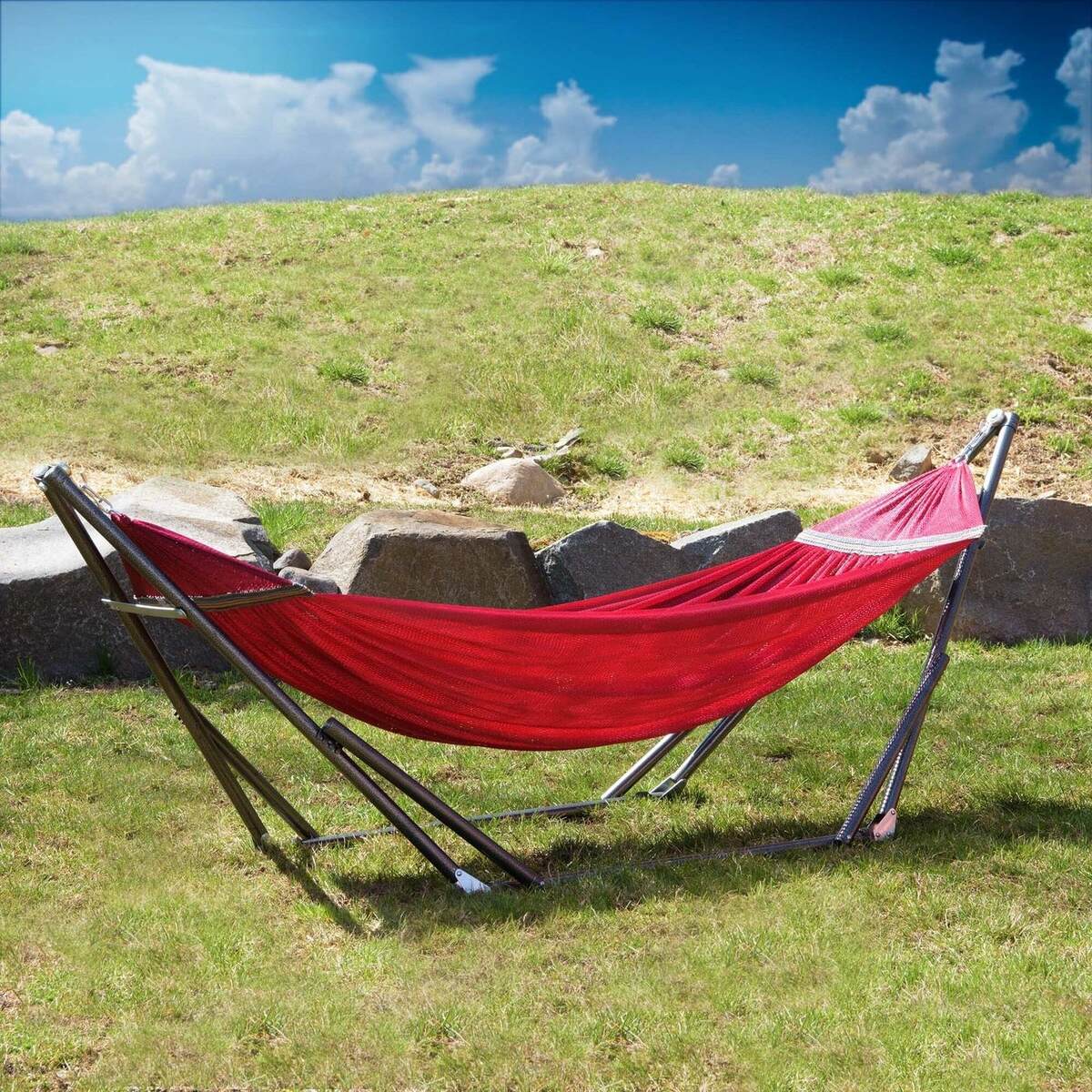


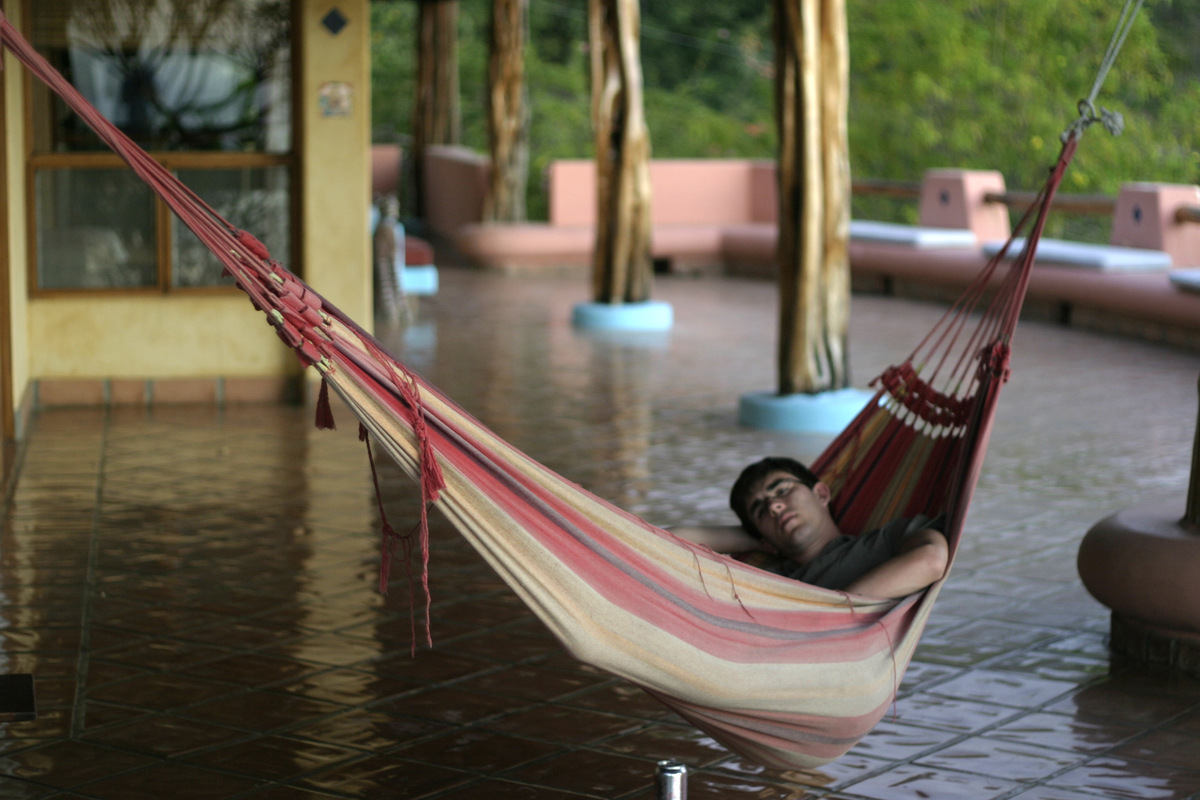
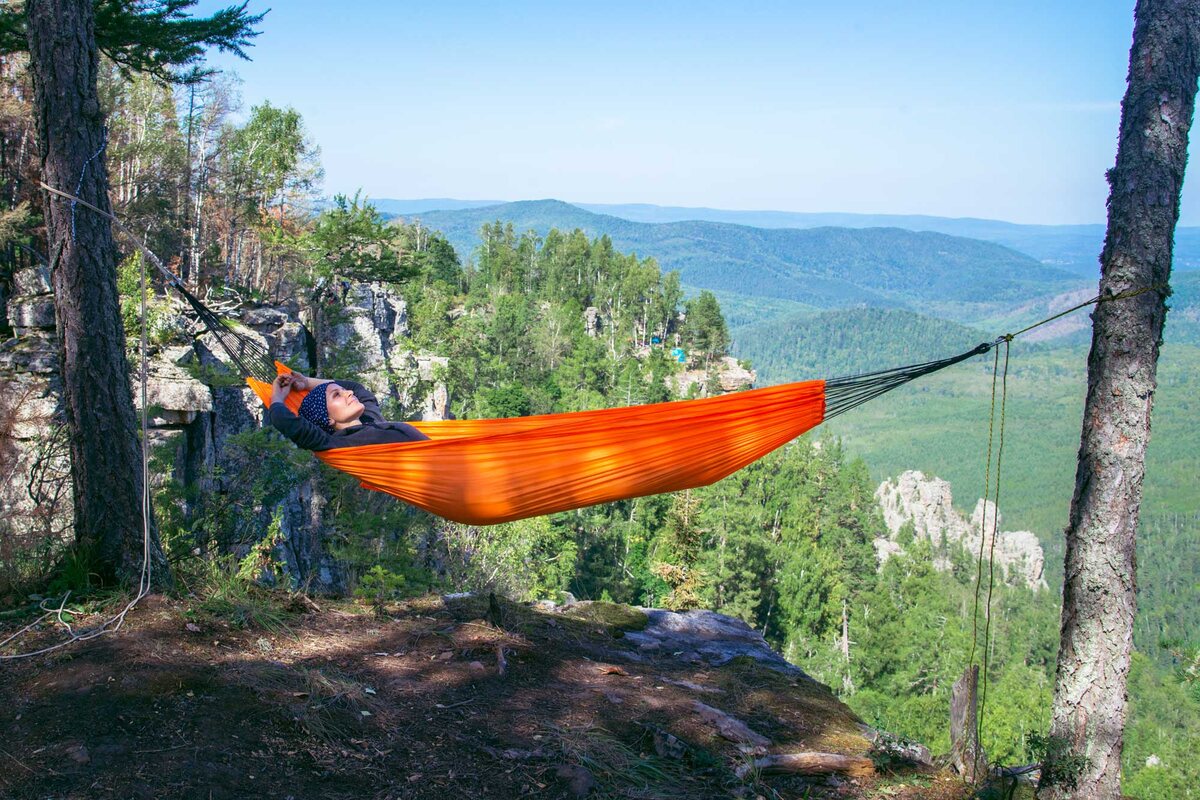

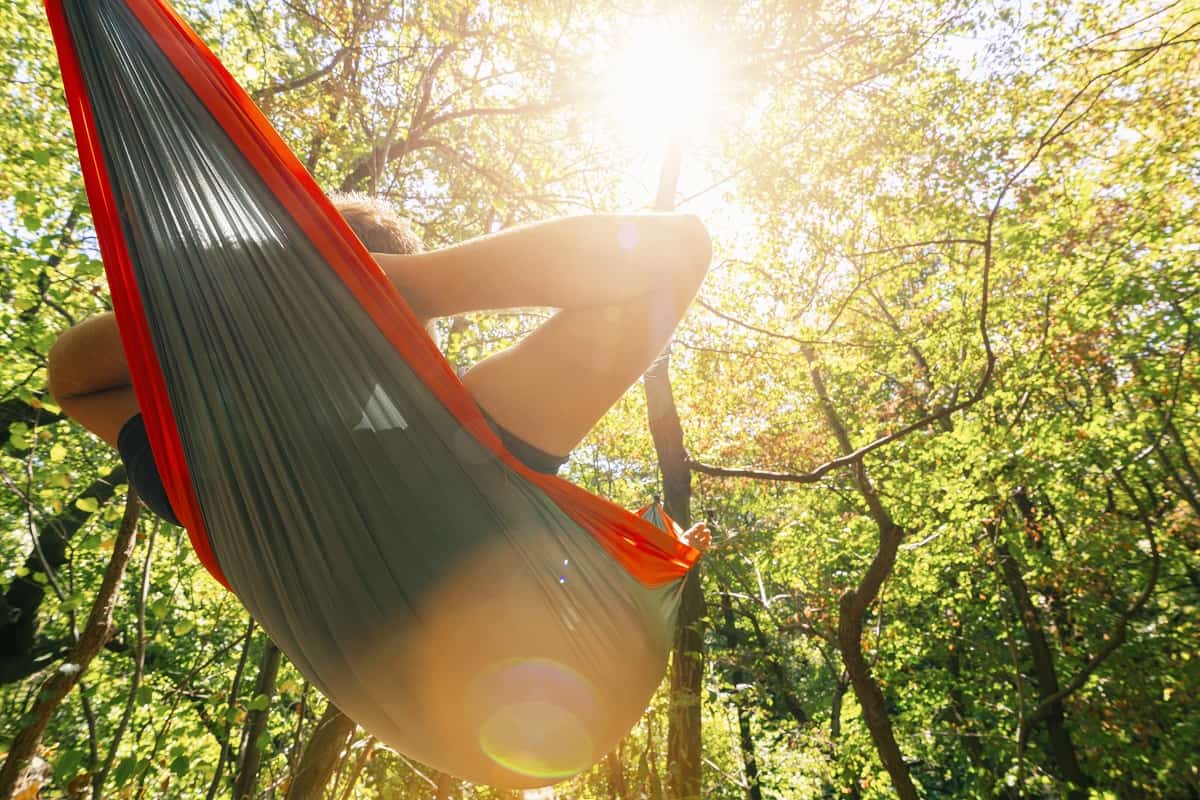
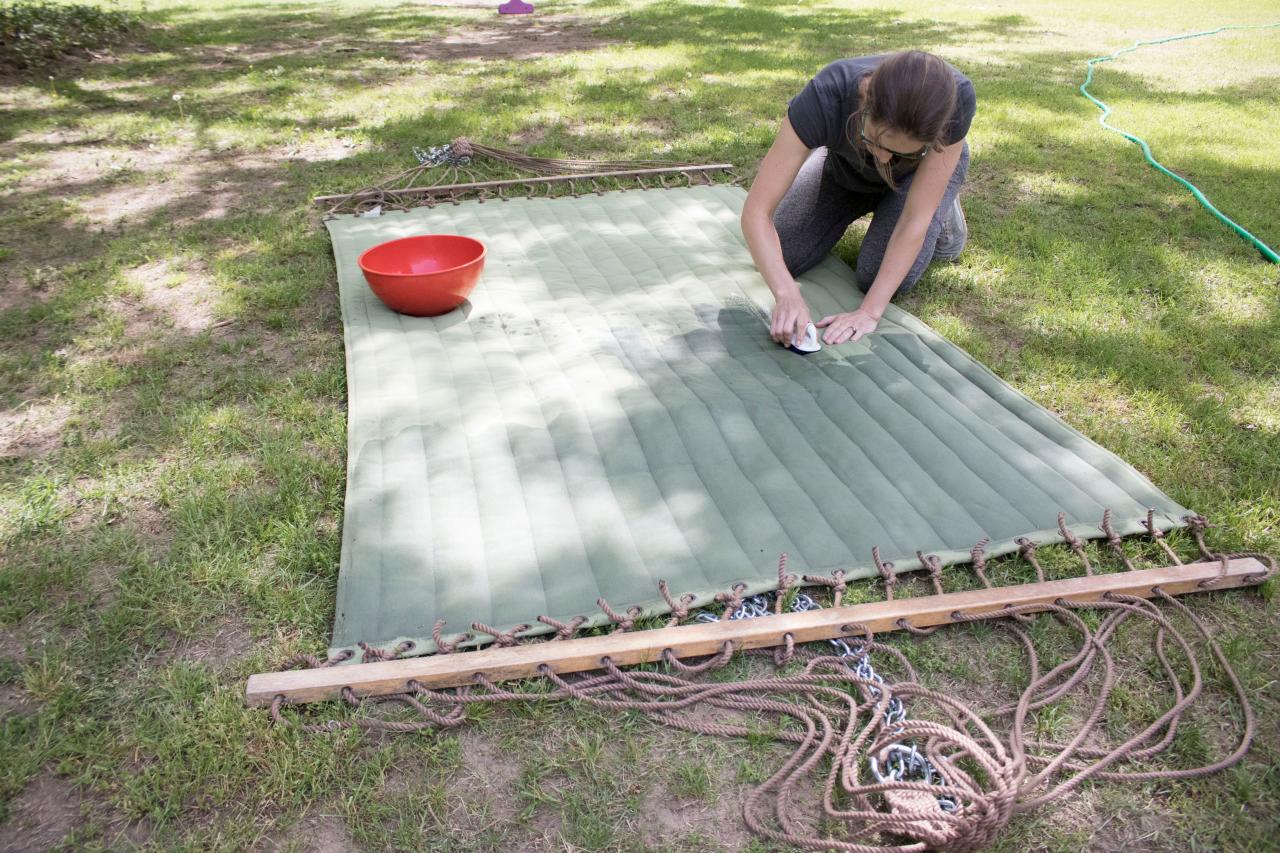


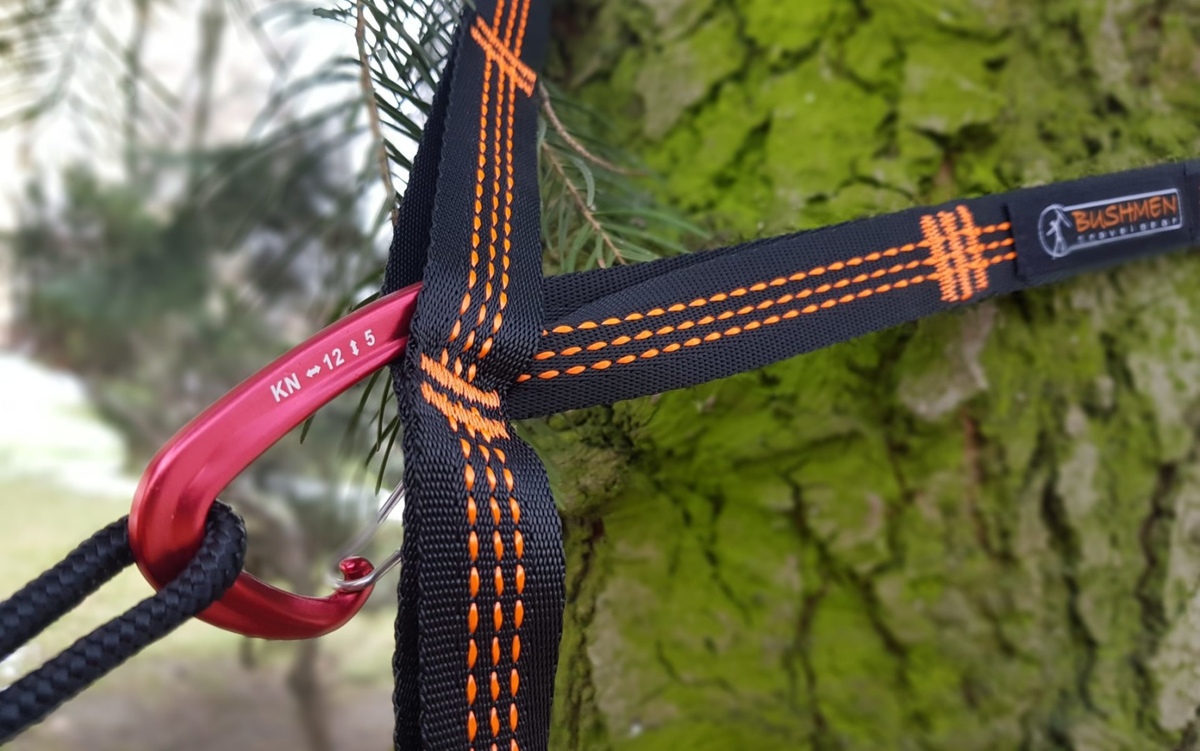
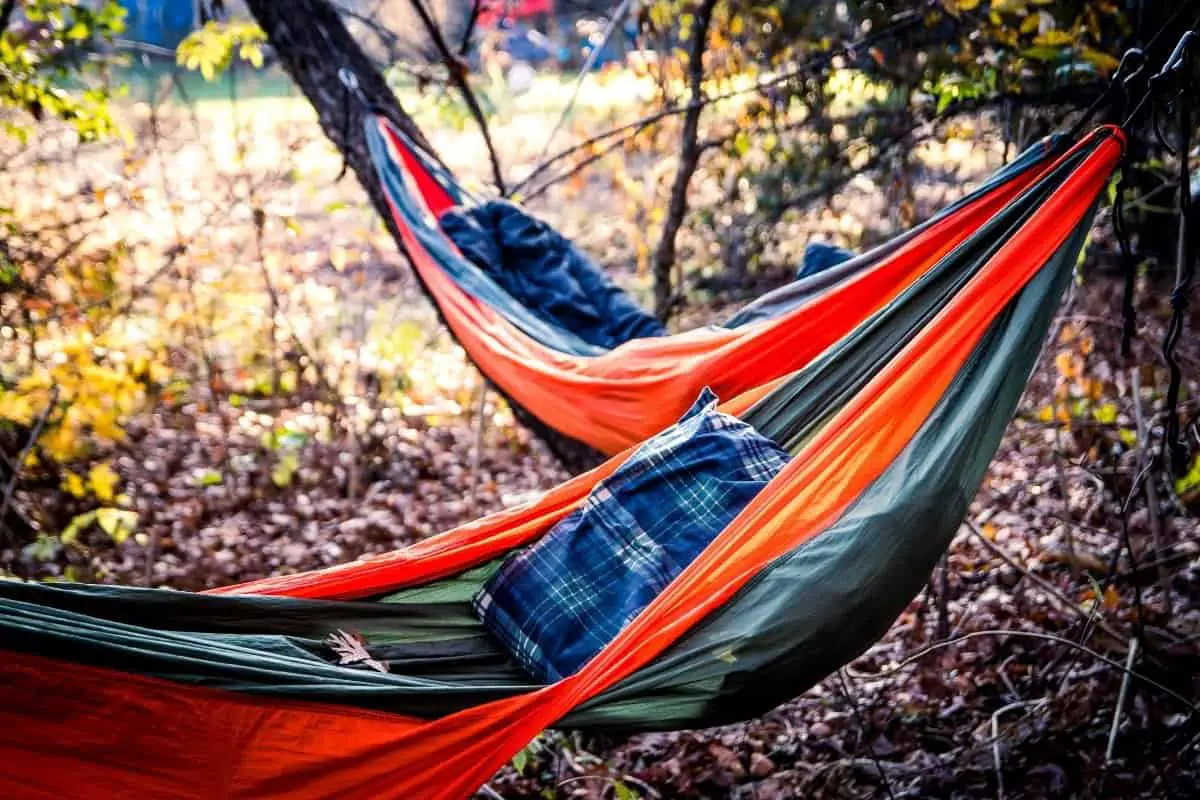
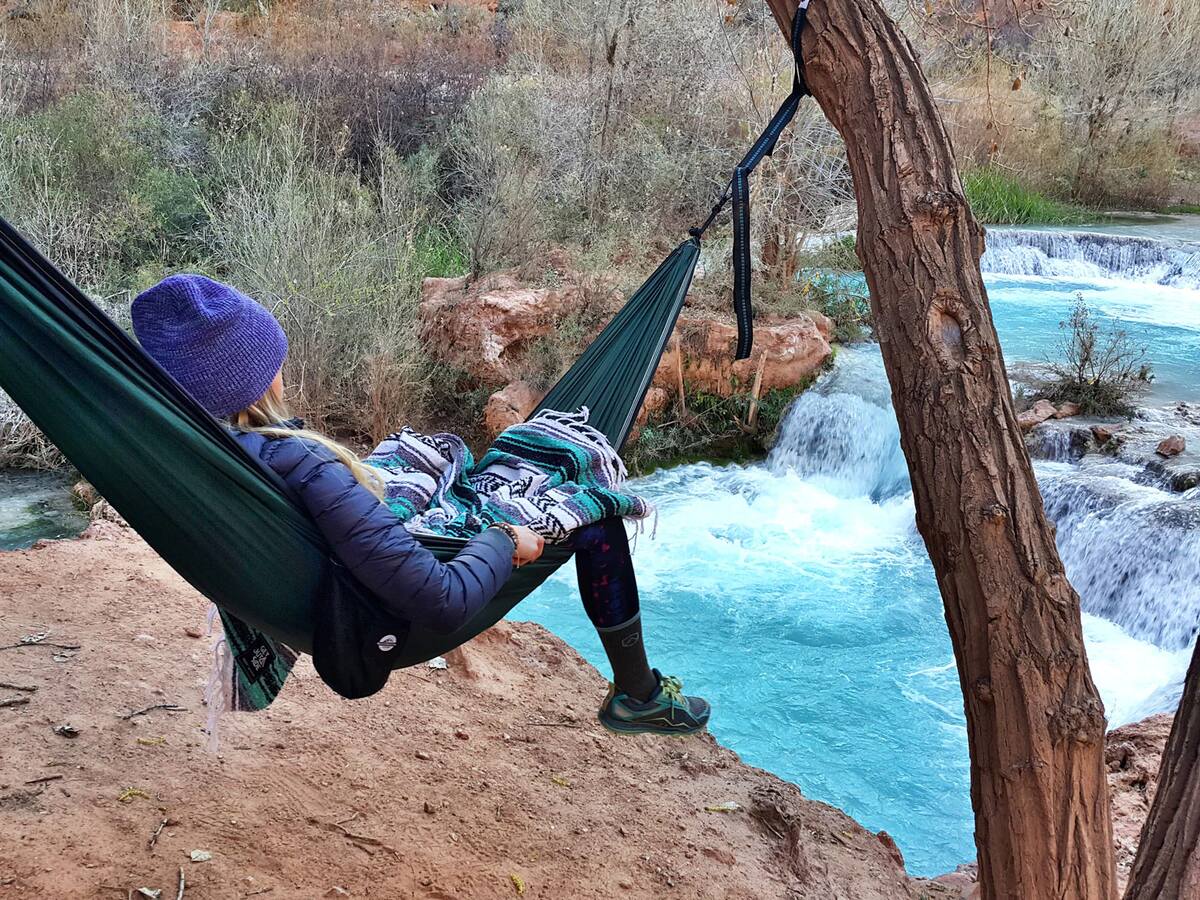


0 thoughts on “How To Relax In A Hammock”